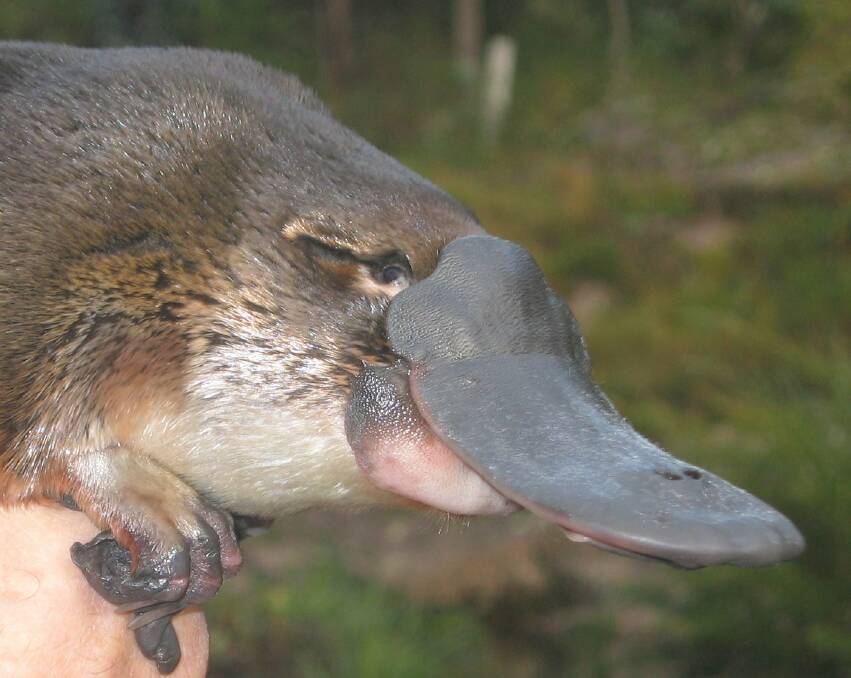
Wambangalang Environmental Education Centre (EEC) spokesperson Kristy Roberts is encouraging residents to aid in the uncovery of further platypuses analysis following a recent study which discovered the mammals have biofluorescent fur.
Subscribe now for unlimited access.
$0/
(min cost $0)
or signup to continue reading
Mrs Roberts said they are calling on people to report platypuses sightings in the Dubbo region and are asking for people to participate in the centres December platypus survey.
"We are continuing to run two surveys annually with the intention of collecting data over time as to provide long-term data," Mrs Roberts said. "We also want to know how many platypuses we still have locally and how they are coping in light of recent events."
Mrs Roberts said every sighting is significant.
"In October of this year scientists discovered platypuses actually have biofluorescent fur when put under an ultraviolet lamp," she said. "It just goes to show science doesn't stop uncovering new data."
Scientists at the University of NSW (UNSW) recently also conducted an assessment which recommended the platypus be listed as a threatened species under Australia's and NSW environmental legislation.
Mrs Roberts said she doesn't have the expertise to voice an opinion on the matter, but she believes the scientists from UNSW most certainly do.
Any relevant information on the region's platypi can be submitted to Wambangalang EEC via email at wambangala-e.school@det.nsw.edu.au, by phoning 6887 7209 or at platypus.asn.au.
- Do you have something to say? We welcome your letters which may run in print and online.


